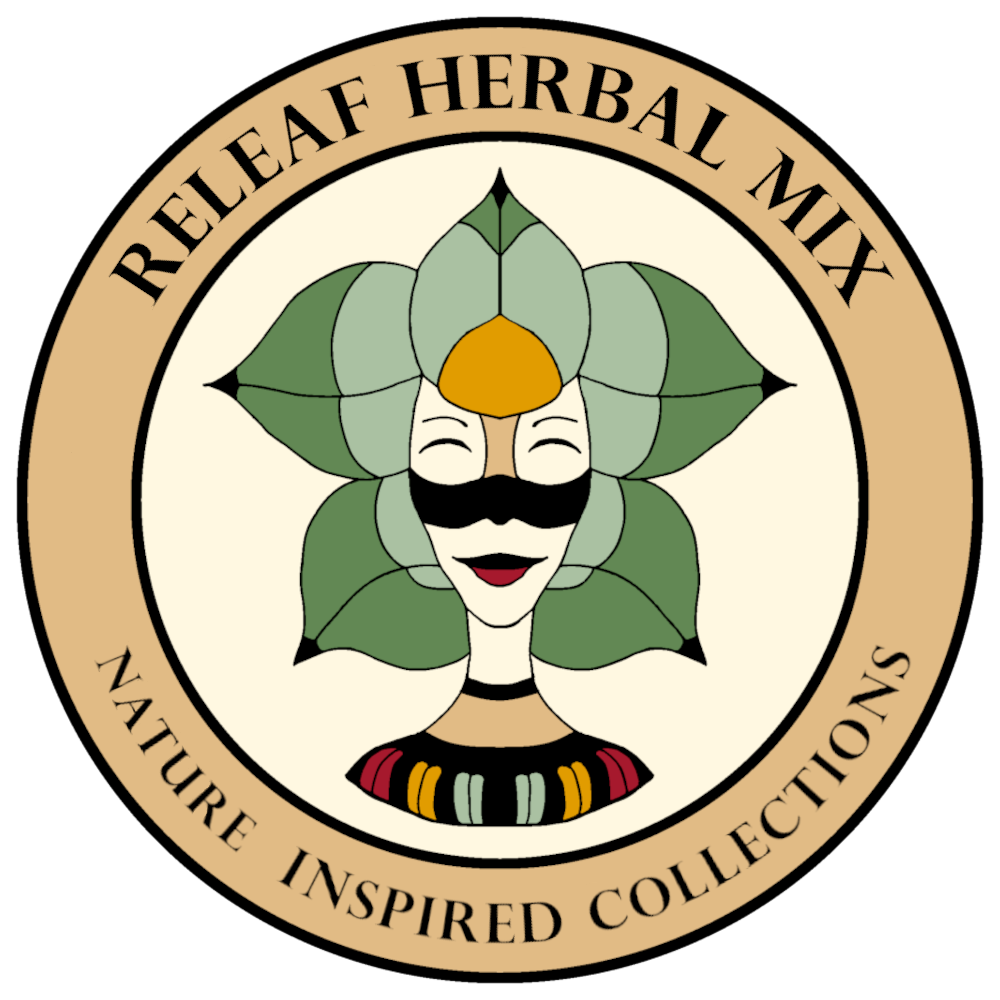Quitting smoking: a step towards a smoke-free future
Anyone who has ever started has probably thought about it: shouldn't I just stop?
Some persevere, others resign themselves to it, and some struggle for months or even years before taking the first steps. It's not easy for most, even though we all know what it can do to us and our loved ones. Our society strives for a smoke-free future, and it's never too late to contribute by quitting smoking yourself.
Tobacco: Where Does It Come From?
Tobacco originates from the Americas, where indigenous peoples have used it for thousands of years in rituals, as medicine, and for relaxation. It was traditionally used in spiritual and healing rituals, often as an offering or to connect with the spiritual world. Tobacco symbolized purification, prayer, and communication with higher powers.
In the 16th century, European explorers brought tobacco to Europe. Its use quickly grew, primarily through pipe smoking and later cigars. With the invention of the cigarette in the 19th century and the industrialization of tobacco production, smoking became increasingly popular. Advertisements in the 20th century reinforced this trend, despite growing awareness of its harmful effects. Today, tobacco is responsible for millions of deaths worldwide each year, and many countries are trying to reduce its use.



